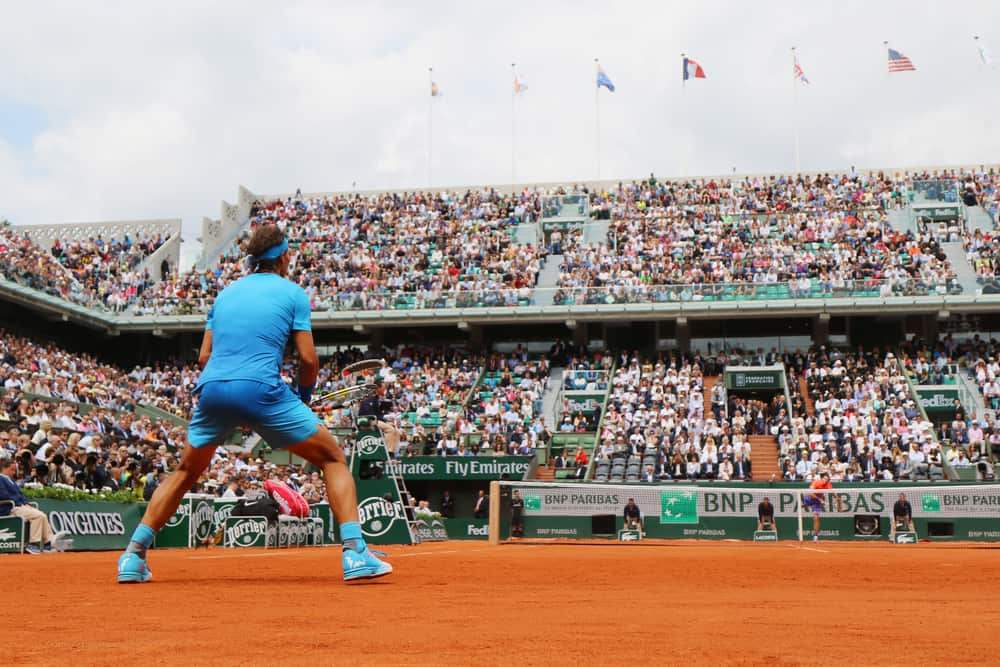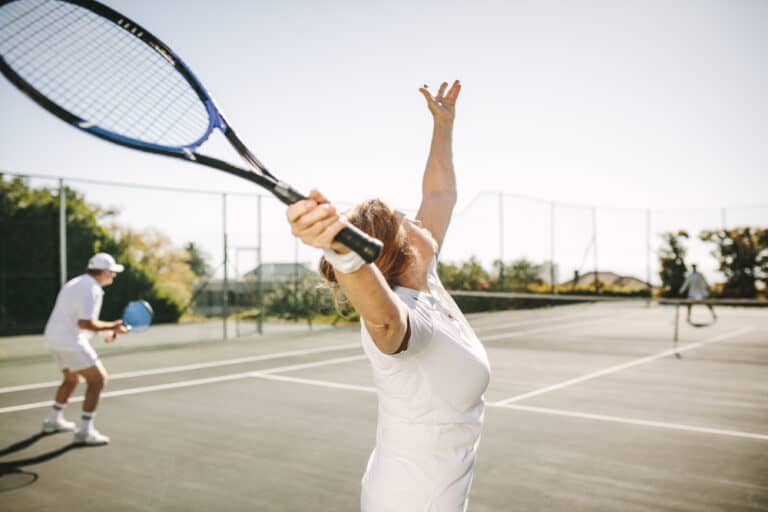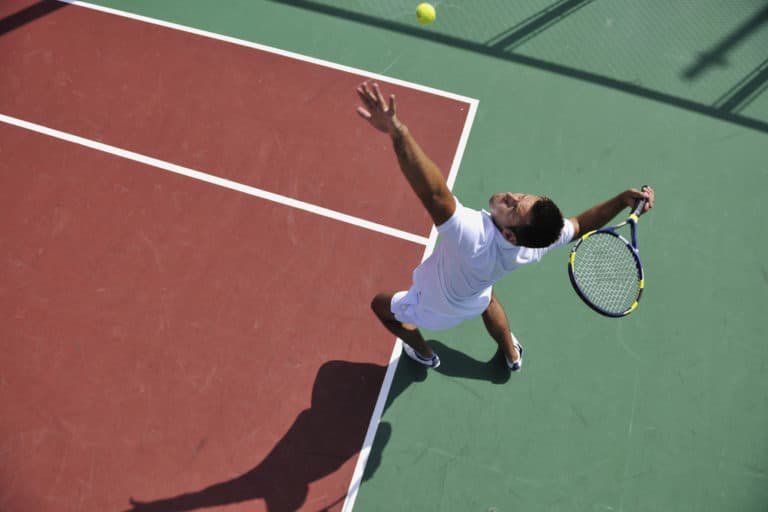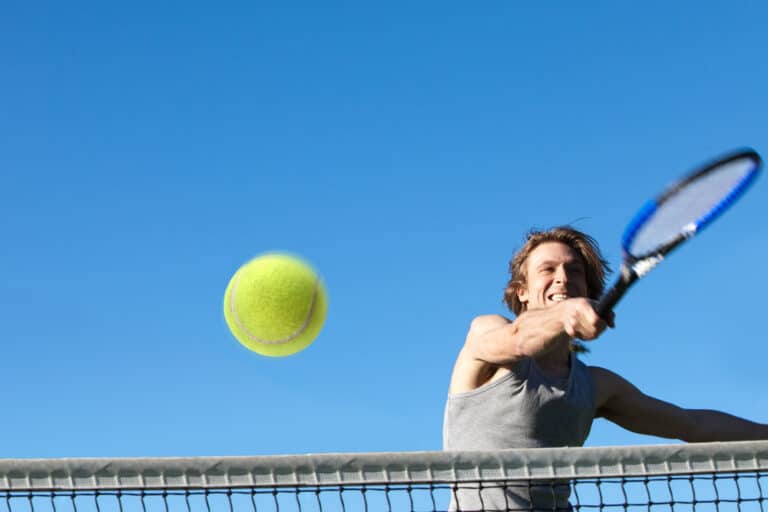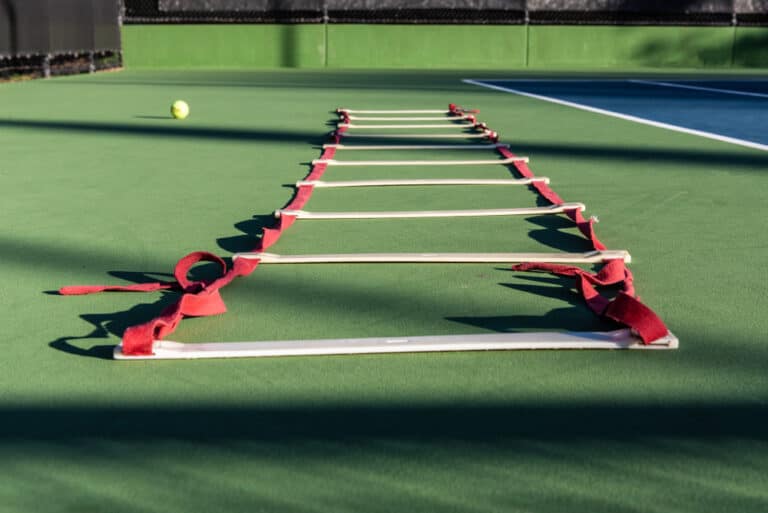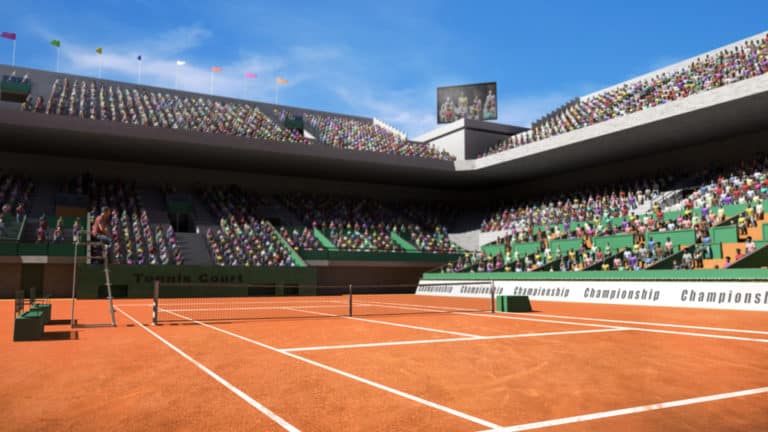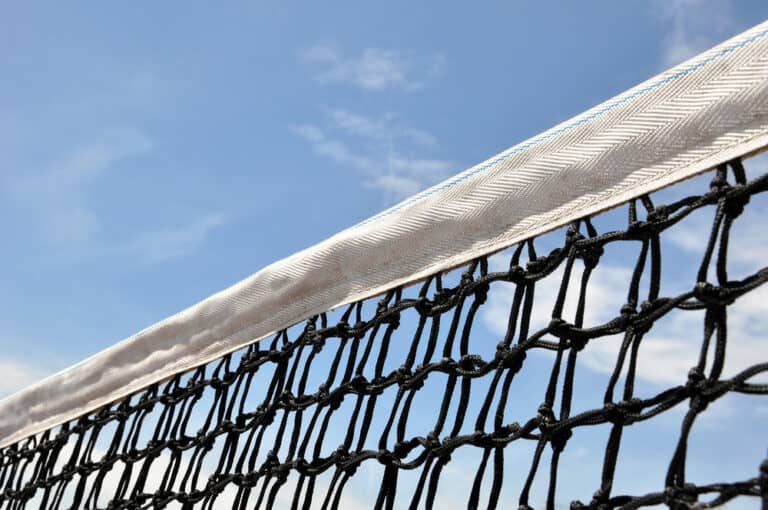Which Is The Hardest Grand Slam To Win?
The game of tennis is multifaceted and has more intricacies than the average tennis fan may realize. Tennis can be played on multiple surfaces, each of which is represented by a major tournament during the tennis season, a Grand Slam. There is a debate about which of the four Grand Slams is the hardest to win.
The consensus among active and retired players is that the French Open is the hardest of the four grand slams to win. The tournament provides a set of unique challenges. Players have to deal with the physically demanding surface and unpredictable Paris weather.
Each Grand Slam brings about its challenges that players have to overcome if they hope to have a chance to win the title successfully. However, there is one Grand Slam, which most players cite as being the hardest event to win. So, which Grand Slam is the hardest to win?
Why The French Open Is The Toughest Grand Slam To Win
When asked which of the four major tournaments is the hardest, most players cite Roland Garros, the French Open. That is not to diminish the toughness of the other Grand Slams, as these still present players with unique challenges. The Australian Open’s heat is unmatched, Wimbledon has fast-paced grass courts, and the US open has large crowds.
Though the other Grand Slams deserve to be referred to as “challenging” and “tough” to win, the French Open’s clay courts are known for slowly breaking players physically and mentally.
The French Open Clay Courts Are Physically Demanding
Something about clay, especially at the Grand Slam level, introduces a unique challenge for players to deal with. The French open clay is unforgiving, and no point is won easily. The surface is the most physically demanding, as court speed remains low and players are sliding all over the place.
In addition, the ball generally bounces higher, requiring players to use more energy when hitting the ball than on other surfaces. A slower court with higher bounces (compared to hard and grass courts) means that rallies last longer, as power shots are negated. And longer-lasting rallies in the best of five set matches require unprecedented physical and mental fortitude.
The tournament is disputed over a two-week period where a player who makes it to the final has competed in six (best of five sets) matches, where the hardest match is yet to come. The French Open winner can rightfully boast about their great stamina and endurance on top of their mental toughness.
Players who are good returners, efficient at the baseline, and have good footwork will be more successful on clay than players relying on their serves to gain control of a point. As the rallies go on, the margins for error increase, so players must always maintain their composure which can be very draining.
At any moment, players can be required to dig deep and be creative to win a point on a surface that is not as slick compared to other Grand Slams.
The Weather Is Unpredictable At The French Open
Competing on clay is already challenging, but the French Open’s unpredictable weather adds another element to the mix. Players often say in interviews leading up to the tournament that they must be prepared for anything, as conditions can change rapidly. Momentum is very important in tennis, and unpredictable conditions rob players of their capacity to keep a good rhythm.
Unlike at Wimbledon and other tournaments with different surfaces, it is possible to play tennis on clay when it rains. Thus, the play is not interrupted as long as the rain is not too heavy. A little drizzle on grass or hard courts is enough to interrupt the match, but at the French Open, players just have to get on with it no matter how frustrating it can be.
It can also be windy on the French Open courts, causing the clay to fly around and get into the player’s eyes during and between points. The wind was particularly strong the last time Federer and Nadal played against each other at the French Open, making the rallies challenging for both players.
Only since 2020 has the center court, Court Philippe Chatrier, had a retractable roof. Adding a roof relieved many top-tier players who competed on center court multiple times throughout the tournament.
It Is Almost Impossible To Beat Nadal At The French Open
As if playing on the French Open clay is not hard enough, professional tennis players of this era have to compete against arguably the greatest tennis player of all time and the “King of Clay.” The Spanish player has seen more success than anyone else on clay in general and, at the time of writing, has won an unprecedented fourteen French Open titles.
A few decades ago, Bjorn Borg won an impressive six French Open titles, but this record pales compared to Nadal’s achievements. During the French Open, Nadal’s mental strength is at its strongest. Nadal’s mental toughness and his physique and play style suited for clay give him an edge over other players at this tournament.
Rafael Nadal’s supreme reign of the French Open, coupled with the surface’s unique challenges, makes this tournament the hardest to win. Not only is winning against Rafael Nadal in a French Open Final deemed the hardest challenge in tennis, but it may also be the hardest challenge in any sport. It is no wonder that Nadal is the favorite to win every year.
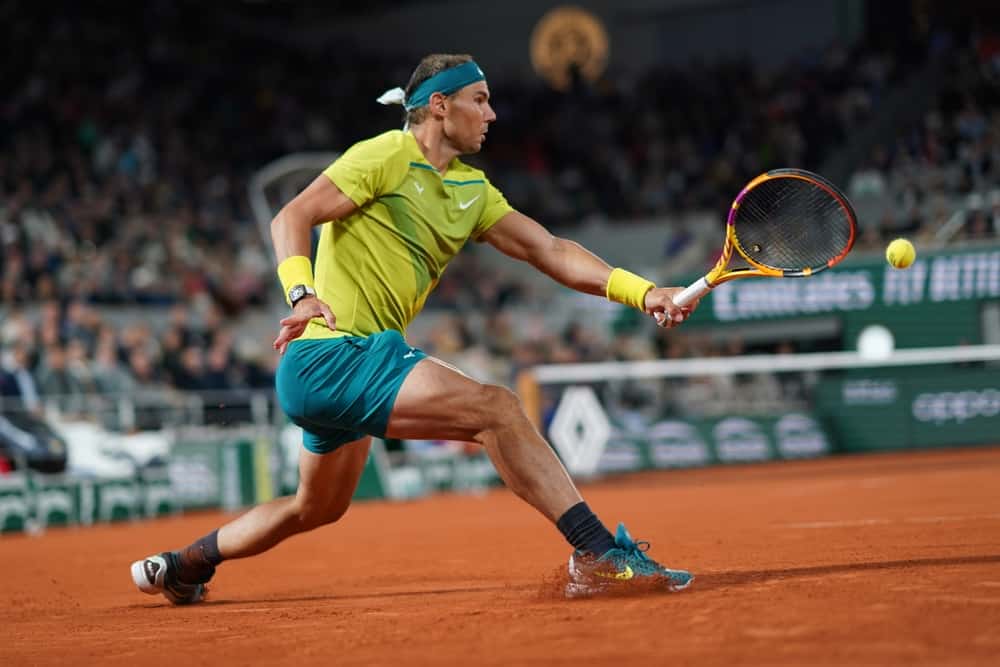
Which Grand Slam Is The Most Prestigious?
There is a clear stand out regarding which Grand Slam is considered to be the most prestigious. The French Open claims the prize as the hardest Grand Slam tournament, but the prize for the most prestigious tournament goes to Wimbledon.
Wimbledon is the oldest tennis tournament in the world. The first edition of the British tournament took place in 1877 and was played on grass courts like today.
Several elements make Wimbledon as prestigious as it is. For starters, the tournament is played on grass, a surface that is not played on much throughout the year but retains a strong history and tradition. The Royal family makes an appearance at the venue, and Wimbledon is the only tennis tournament to maintain a strict dress code (wear all-white clothing).
Top-ranked players and the media view Wimbledon as the most prestigious event on the tennis calendar.
Conclusion
The French Open (Roland Garros) is the hardest Grand Slam to win for several reasons. The French Open is a clay court tournament, a physically and mentally demanding surface for players. The weather conditions can be unpredictable, and players are expected to play in windy and rainy conditions. Players have also had to compete against the “King of Clay,” Rafael Nadal, in the last sixteen years.

